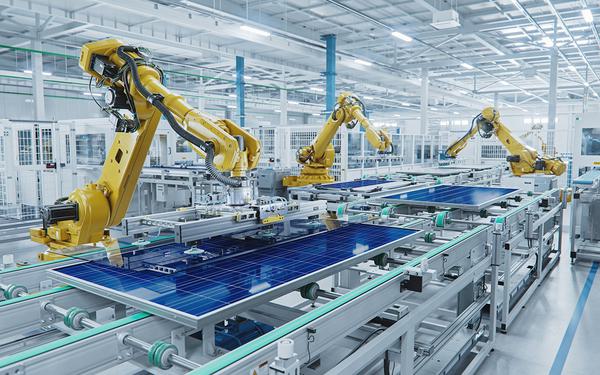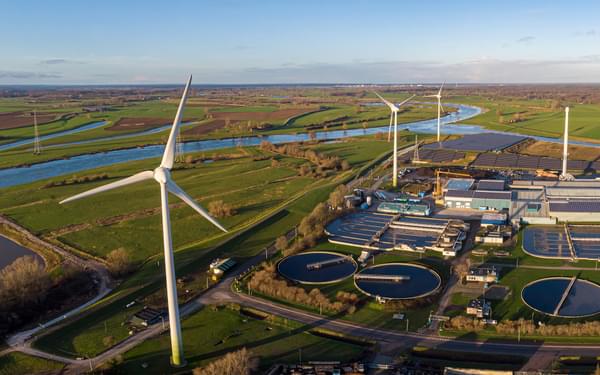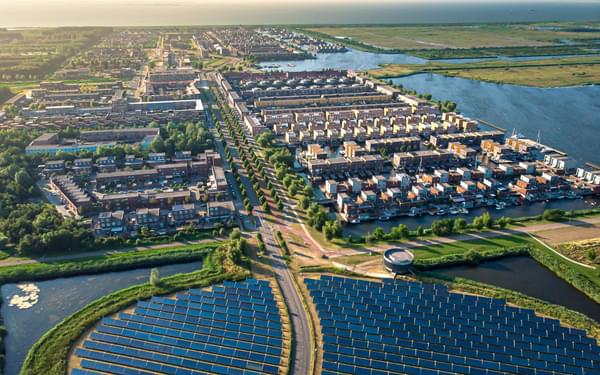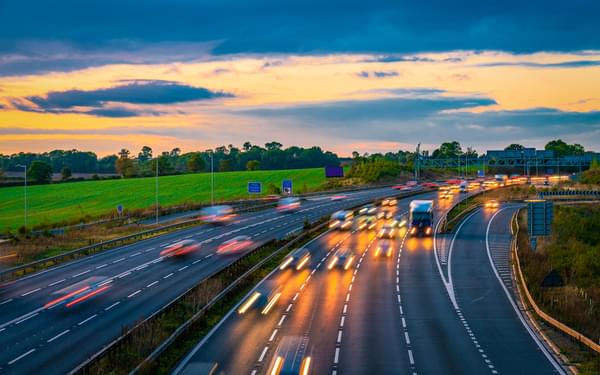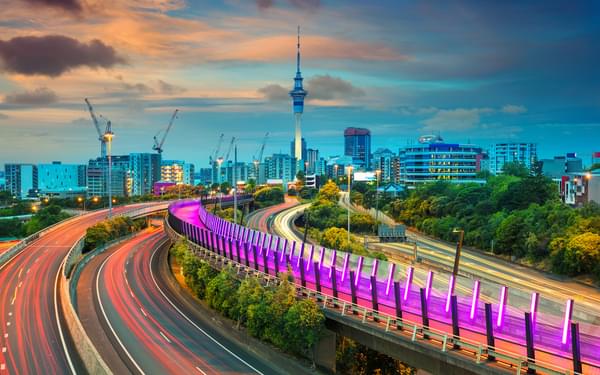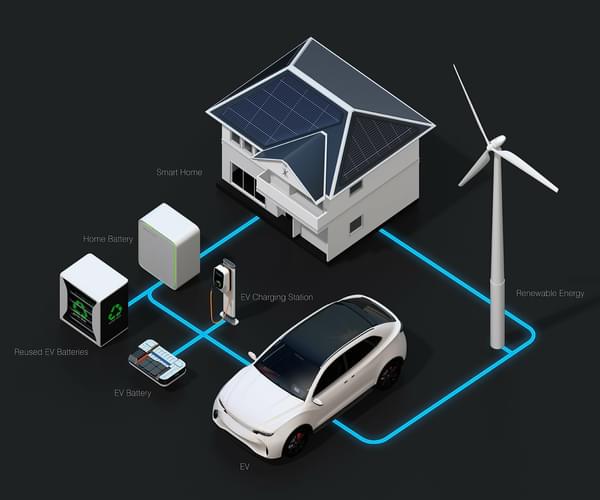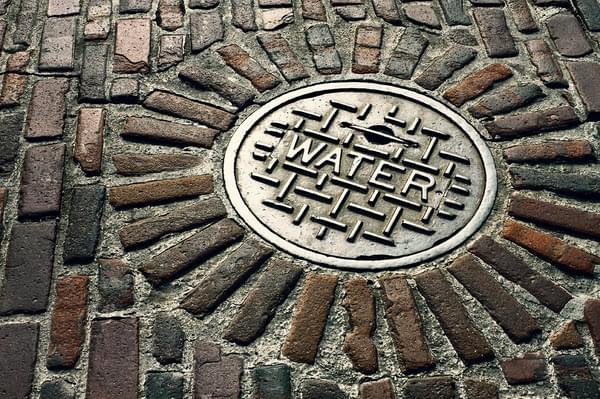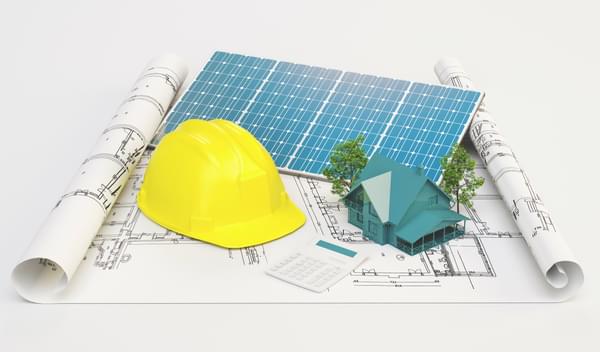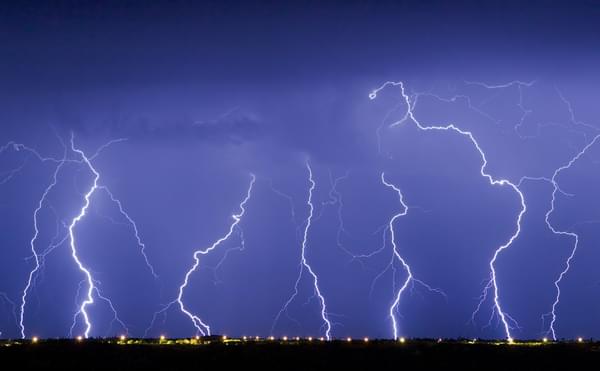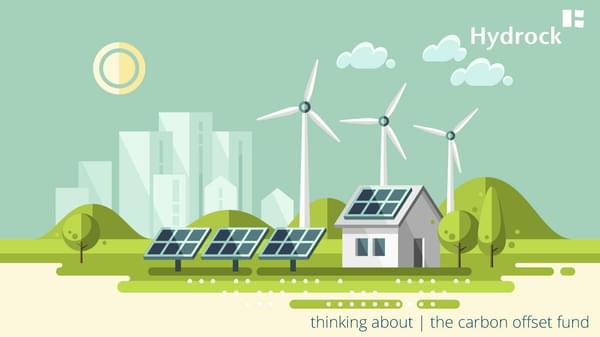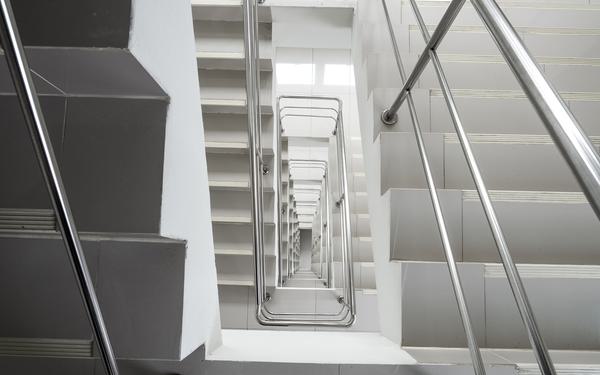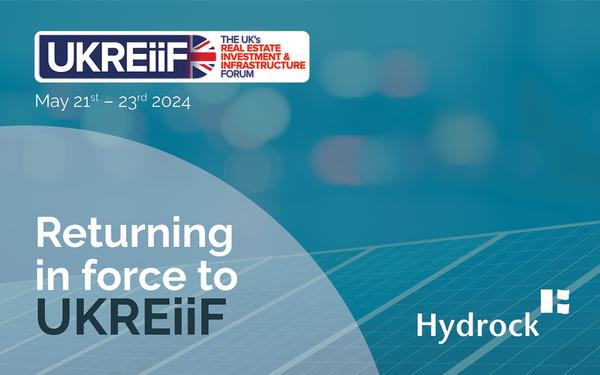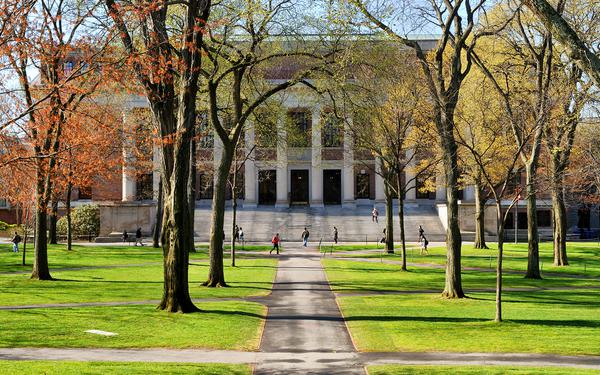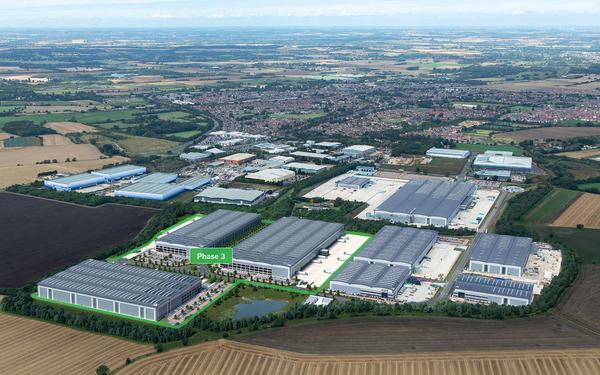Back to Articles
The balance of power - meeting unpredictable future energy demands in a rapidly changing environment
Eleanor Wratten \ 5th Feb 2018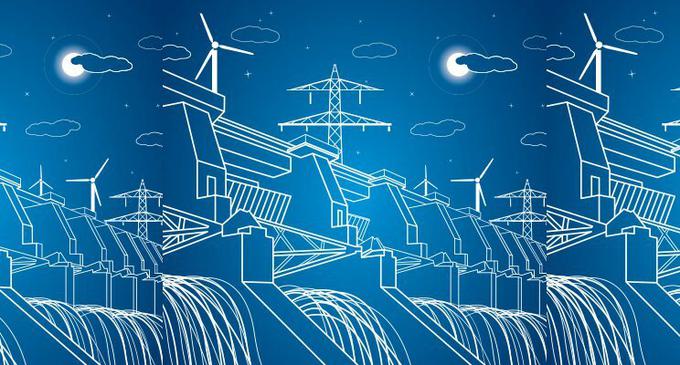
On a recent trip to Snowdonia, I went on a tour of a pumped storage hydro power station. For those that don’t know what that is, it’s a power station that uses a very simple idea; two reservoirs, one higher than the other, where a large volume of water is dropped from the top to the bottom reservoir, generating a huge amount of electricity in the process. This particular system can generate its full capacity, 1,320 MW, in just 12 seconds from standby. Its main purpose is to provide enough power at peak demand times. Just after the nation has watched Mo Farah win the 10,000m and decides to put the kettle on, for example. It then pumps the water back up to the top reservoir at night to take advantage of off-peak power and is ready to start all over again the next day.
The tour got me thinking about the complex system that is our National Grid.
A changing energy system
The way we create and use energy is changing rapidly. Renewables now make up 34% of the UK’s total installed capacity; we had our first coal free power day since the industrial revolution back in April and the number of electric vehicles on the road is on the rise. Plus, we have some ambitious carbon reduction targets to meet. So what does that mean for a grid which was designed for non-renewable energy systems and balancing supply and demand?
Future energy scenarios
In July the National Grid published their annual report on Future Energy Scenarios, which looks at four different future scenarios of our energy system, up until the year 2050. Some of the key challenges facing the industry are the rapid changes in technology and approaches, such as battery storage. In 2016 total electricity storage capacity totalled 4GW and if the UK is moving towards a renewable energy future, then the infrastructure and storage capabilities need to match supply and demand requirements and have greater flexibility. The National Grid predicts that in one future energy scenario, electricity storage capacity could increase to nearly 11GW by 2050.
If other scenarios pan out the way the National Grid predicts they might, then we’ll need the extra capacity. The expected increases in electric vehicles will see a switch from roadside fuel stations to electric charging points which have much greater flexibility in where they can be located and when people can use them. This all produces extra demand on the grid. Additionally, there’s the impact of climate change and rising temperatures, which is likely to see more and more air conditioning units installed in buildings.
Emerging technologies
In order for the UK to meet its carbon reduction targets and lower its peak demand, it will also require all of us as consumers to become highly engaged with our energy use, embrace measures such as increased energy efficiency, time of use tariffs and shared electric vehicles. That’s an exciting opportunity for the likes of Hydrock and its Building Performance Engineers, to introduce innovative new ideas and technologies in its design work that reduce the electricity loadings needed. Micro-grids, bivalent generation and electric car charging points that can feed the grid with excess power are all hot contenders for creating more energy efficient buildings.
Pumped storage hydro stations, like the one I visited, are important for generating a huge amount of power very quickly. However, their very nature means they’re only suitable for large remote locations. Therefore, as our infrastructure and energy needs adapt to a changing world, it seems inevitable that small-scale, decentralised technologies and improved storage capabilities, which can blend into the urban environment, will increasingly become the norm.


